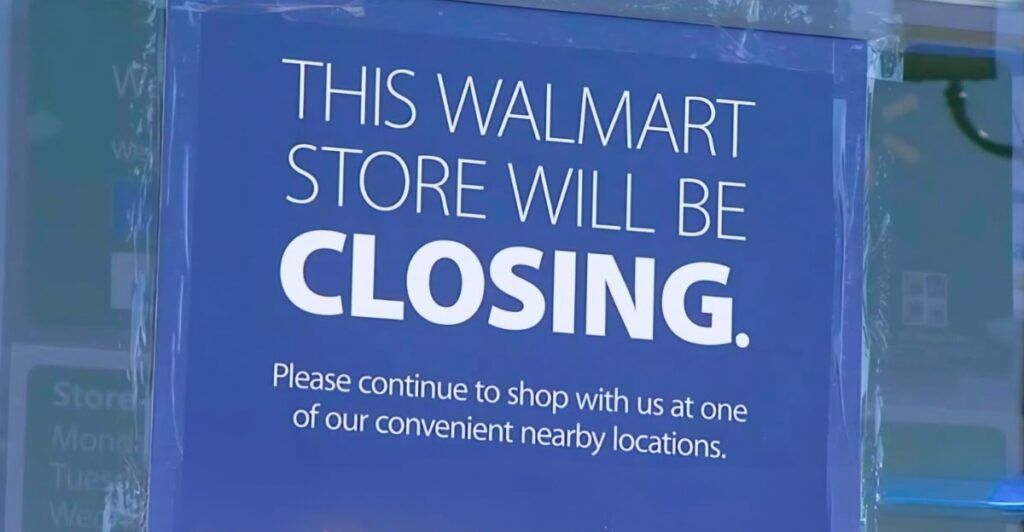
The retail shutdown surged back in 2024, shuttering over 7,300 U.S. stores—marking a 57% jump from 2023 and the worst year since 2020. Family Dollar led the decline, closing 718 locations, while CVS, Walgreens, and Big Lots exited more than 1,600 stores combined.
But these numbers don’t capture the full impact: communities losing local access to basics, workers thrust into joblessness, and the face of American retail evolving rapidly. Analysts warn 2025 could bring 15,000 additional closures.
Behind this upheaval lies a mix of inflation, shifting consumer habits, and the unrelenting rise of e-commerce. As we spotlight the five hardest-hit states, the deeper toll emerges—one of economic strain, social disruption, and a reimagined commercial future now unfolding across the country.
1. California
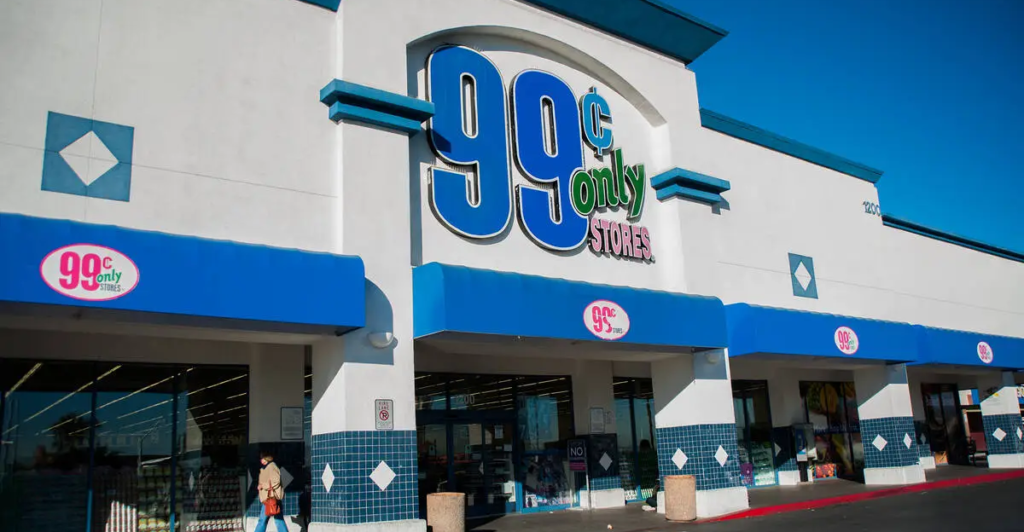
California experienced the heaviest blow with 171 stores shuttered in 2024, a clear sign of deeper socioeconomic cracks. The widespread exit of 99 Cents Only Stores—closing all 371 locations across four states—hit the Golden State hardest.
Many of these discount chains operated in food deserts, where residents relied on them for budget-friendly staples. In cities like Maywood, a full grocery trip once cost under $17 at these outlets, offering essential relief for low-income families. The closures compound problems caused by inflation, pandemic aftershocks, rising theft, and the surge in online retail.
Communities already facing housing and food insecurity now confront another loss: access to reliable, low-cost goods. California’s experience illustrates how the retail crisis disproportionately affects those already teetering on the edge of economic stability.
2. Florida

Florida recorded 89 store closures, reshaping the retail landscape throughout key urban areas. Miami-Dade, Broward, and Palm Beach counties saw long-standing brands like Macy’s, Bed Bath & Beyond, Walgreens, CVS, and Big Lots exit multiple locations.
Though closures signal broader issues—inflation, shrinking margins, and the online shift—Florida’s market remains dynamic. In fact, some see opportunity in this disruption. “Some of our agents are regularly touring dark big boxes in malls for pickleball concepts that are eager to expand,” said Jaime Sturgis, founder of Native Realty.
Medical clinics and boutique shops are also filling gaps where e-commerce can’t compete. Florida’s challenge now lies in reimagining empty storefronts to align with new consumer demands and turn the state’s changing commercial landscape into an asset, not a liability.
3. Ohio
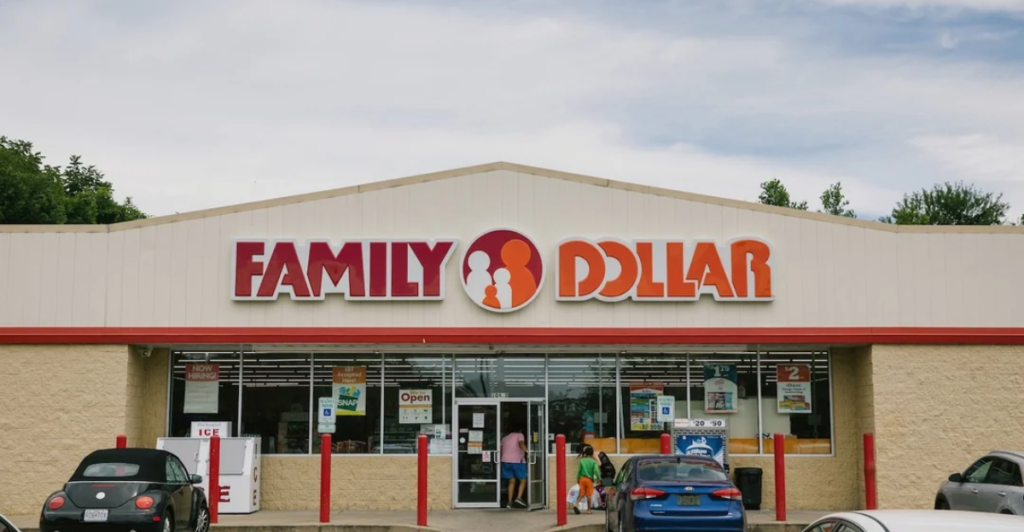
Ohio saw 71 store closures in 2024, underscoring the tension between retail oversaturation and economic need. Family Dollar’s downsizing hit especially hard, with 265 layoffs expected by April 2025. Yet some cities are now fighting back.
Canton, Maumee, Findlay, and Broadview Heights have issued temporary bans on new dollar stores, citing adverse effects on community health and small grocers. “Since I’ve been here, three groceries have closed… and each time one of them closes, this is what pops up, a discount store,” said Canton city planner Donn Angus, noting five dollar stores within a two-mile radius.
These stores, often located in food deserts, tend to carry processed foods, worsening nutritional inequality. Ohio’s crisis highlights how an overreliance on discount retail can undermine broader community well-being.
4. New York
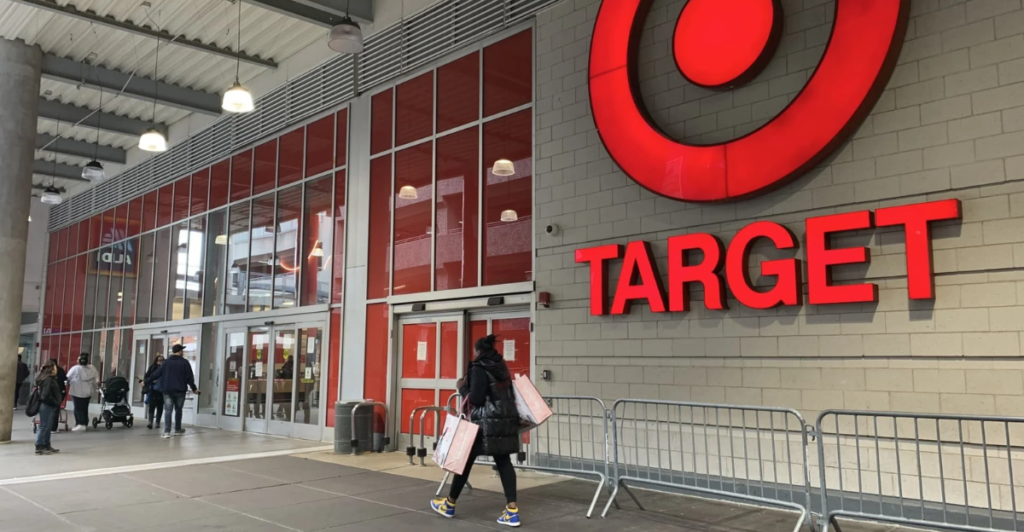
New York registered 68 store closures, many tied to growing public safety concerns. Target closed nine locations across four states, including several in New York City, citing “large-scale theft and safety concerns for employees and customers.”
In East Harlem, Target’s departure struck a major blow to local revitalization. “Having Target here helped revitalize East Harlem… Now we’re going to have an empty box here,” said business owner Lou Martins. Seniors in particular are now struggling, forced to travel farther for essentials.
Retail theft has intensified fears across the city, prompting concerns about a downward spiral: as anchor stores vanish, surrounding businesses suffer too. New York’s closures serve as a stark reminder of how urban retail viability is closely tied to public safety and neighborhood confidence.
5. Michigan
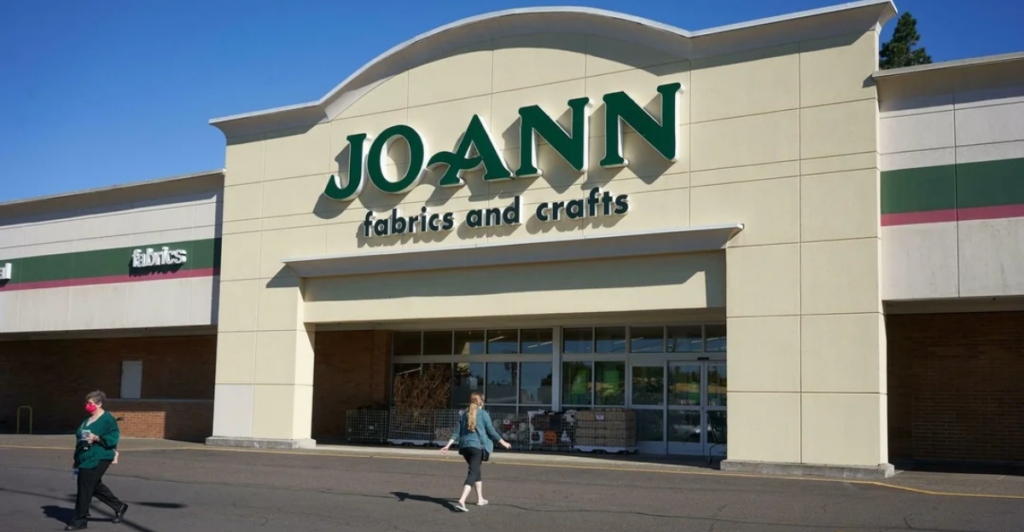
With 63 stores shuttered, Michigan continues grappling with economic scars from its manufacturing decline. Joann’s bankruptcy proved especially damaging, prompting at least 30 closures statewide. Cities from Detroit to Alpena and Petoskey were affected.
In struggling areas like Flint, store closures worsen already fragile access to necessities. In 2018, the Hamady Complete Food Center opened in north Flint, only to shut down four months later. Persistent issues like underinvestment, staffing shortages, and community disengagement have made retail survival difficult.
For residents in these areas, closures mean more than empty shelves; they mean fewer jobs, lost tax revenue, and diminished property values. Michigan’s situation reveals how vulnerable post-industrial communities remain to retail shocks and highlights the complex interplay between economic legacy and modern commerce.
How Retail Deserts Are Spreading Across Rural and Urban America
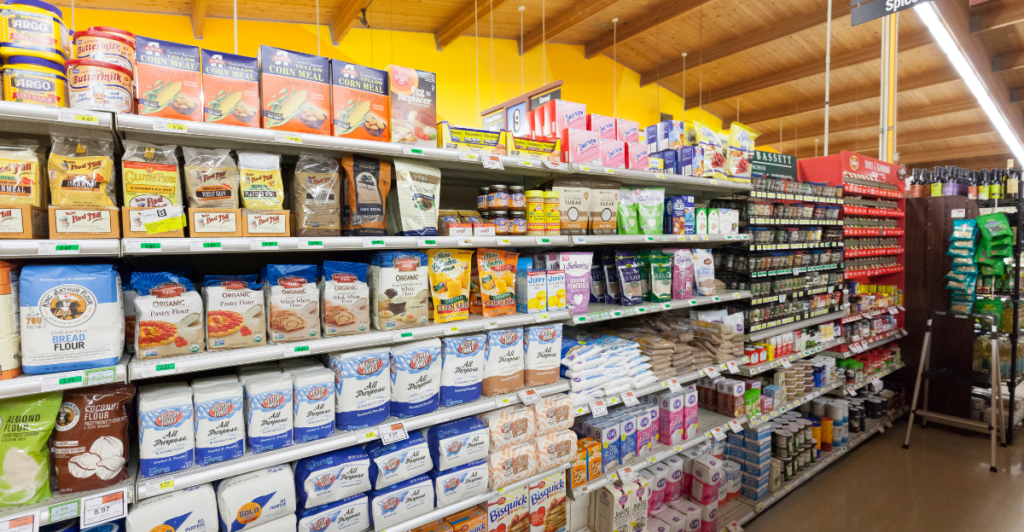
A troubling trend is taking shape: vast retail deserts are emerging across the country. In rural Georgia, entire towns have lost their only grocery or pharmacy within a 20-mile radius. Pennsylvania has seen over 700 retail closures between 2022 and 2024, hitting both rural counties and low-income Philadelphia neighborhoods.
For car-less residents, a basic grocery run becomes a two-hour trek by bus or foot. Meanwhile, displaced workers are pushed into gig jobs offering no benefits or schedule security. As one former Scranton employee put it: “I worked at the same store for 18 years. One day it closed. No warning, no thank you.”
These growing deserts expose how dependent many communities remain on brick-and-mortar stores—and how fragile that support system can be under pressure.
Why 2024 Was a Breaking Point for American Retail Chains

The flood of closures in 2024 wasn’t random—it was the result of mounting pressures that finally boiled over. Inflation left consumers spending cautiously, just as online retailers like Shein and Temu offered cheaper alternatives.
Rising interest rates added to operational costs, while many retailers struggled to adapt. “Consumers have lost patience with stores that are hard to shop, have out-of-stock items all the time, poor customer service and other issues,” said Deborah Weinswig, CEO of Coresight Research. Some chains overexpanded during pandemic-driven booms, only to find demand fading by 2023.
When these economic, technological, and social pressures converged, many companies simply couldn’t hold on. 2024 may go down as the tipping point when structural shifts finally overwhelmed America’s traditional retail giants.
The Retail Winners: Who’s Growing While Others Fold?
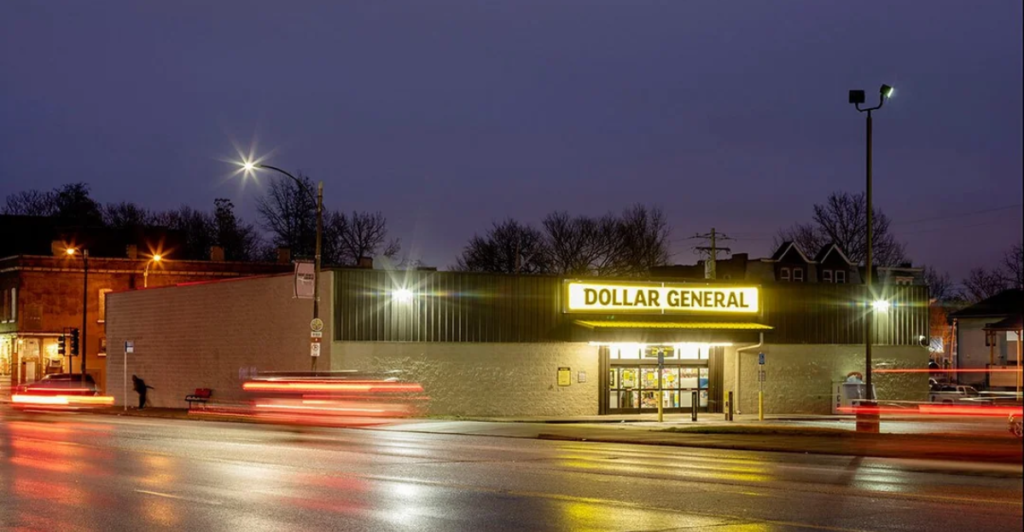
Despite widespread closures, several retailers are expanding and outperforming. Dollar General plans 800 new stores in 2025, even as competitors shrink. Big-box players like Walmart, Costco, Home Depot, and Target continue to invest in new locations.
Home goods brands like RH, Arhaus, and Floor & Decor are thriving too. Telsey Advisory Group expects net retail growth of 1.7% in 2025, driven by off-price outlets (up 3.6%), home-focused retailers (up 3.2%), and discount chains (up 2.6%). These companies succeed by blending online efficiency with engaging in-store experiences.
Their growth shows the market isn’t dying—it’s evolving. The winners are those offering real value, seamless shopping, and something the internet can’t: physical presence with a purpose. The lesson? Retail isn’t over. It’s just favoring the adaptable.
What Comes Next? Communities and Retailers Prepare for Change
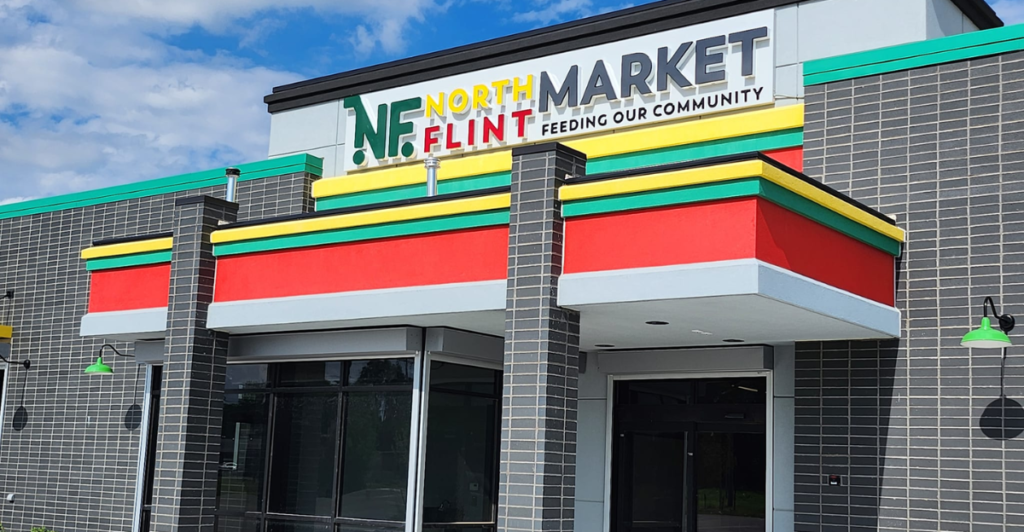
With 2025 closures projected to double, communities and lawmakers are taking action. California passed a law requiring up to 45 days’ notice for store shutdowns, aiming to give residents and workers time to prepare.
“Grocery stores and pharmacies are cornerstones of our communities,” said Mark Ramos of UFCW Western States Council. Developers are also rethinking space, turning empty stores into mixed-use projects blending housing, retail, and healthcare. Heather List of Ciminelli Real Estate Services notes, “We’re seeing a shift towards developments that blend living, working, and leisure spaces.”
In Flint, the $7 million North Flint Food Market—a co-op grocery run by locals—shows how communities can reclaim access through grassroots solutions. The path forward isn’t easy, but innovation and resilience may yet shape retail’s next chapter.
Discover more trending stories and Follow us to keep inspiration flowing to your feed!

Craving more home and lifestyle inspiration? Hit Follow to keep the creativity flowing, and let us know your thoughts in the comments below!
